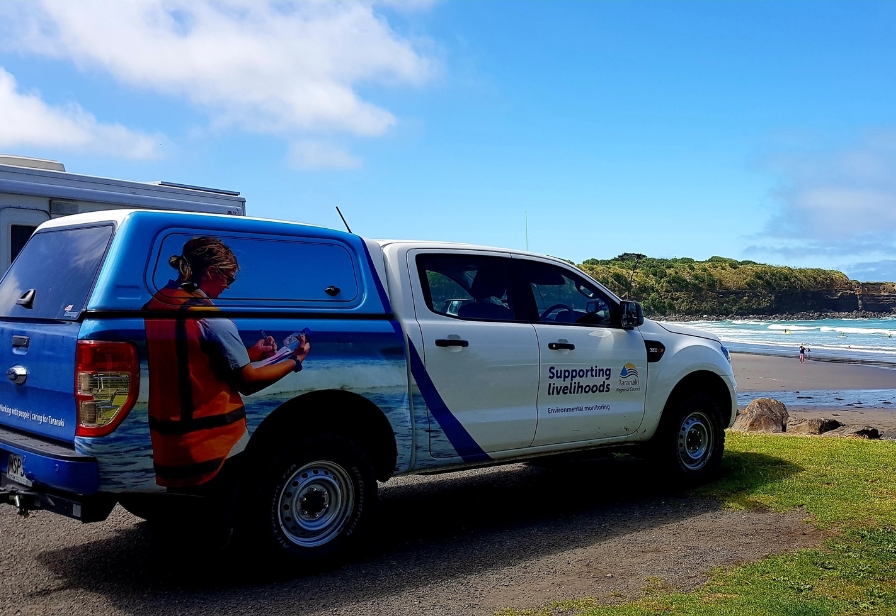Lakes and beaches generally have the best water quality for swimming in Taranaki, a new report has confirmed.

The next Can I Swim Here? season kicks off in late November.
Taranaki Regional Council this week released its report for the “Can I Swim Here?” monitoring programme for the 2023/24 season.
From November to March each year the Council tests water quality at least weekly at 41 popular swimming spots, with the results available online.
The annual report highlights that beaches were usually safe to swim while the region’s lakes and rivers were more prone to pollution. The results were similar to the previous year.
Council Director - Environment Quality, Abby Matthews, says that while water quality is generally good in Taranaki lakes, some do occasionally experience cyanobacteria blooms, also known as blue-green algae or algal blooms.
“While bacteria levels are generally low, some of our lakes experience potentially harmful algal blooms, which can make people and dogs sick if they come into contact with or ingest the algae. It’s important lake users stay alert to this risk.”
Water quality was generally good at our beaches, with 83% of water samples safe for swimming.
Rivers continued to experience challenges affecting water quality, with 31% of samples indicating water was safe to swim at the time of sampling, 27% indicating levels of E. coli were slightly elevated and caution should be taken, and the remaining 42% unsuitable for swimming.
Ms Matthews says that rivers are susceptible to pollution, particularly after heavy rain.
“The main sources of contamination in rivers come from animals, leaky septic tanks, urban stormwater and at some sites birds are also a contributing factor. Basically, when it rains, faecal matter washes into rivers increasing the health risk for anyone coming into contact with that water.
“Our message to swimmers and recreational water users is to stay out of the water for three days after heavy or prolonged rain. This summer you’ll see the return of our awareness campaign that aims to help people make informed decisions before they dive in.”
Ms Matthews says the Council and community have been working hard to reduce contamination through measures such as riparian planting and fencing and improving effluent management and other farm practices.
Following a busy period of community consultation, the Council is drafting a proposed Land and Freshwater Plan which will provide the framework for measures to reduce pollution and improve the health of rivers and lakes in the region.
The next Can I Swim Here? season kicks off in late November. Keep an eye on the Council website for the most up-to-date water quality information for popular swimming spots at lakes, rivers and beaches across the region.
For more information and to view the full report, go to www.trc.govt.nz(external link)